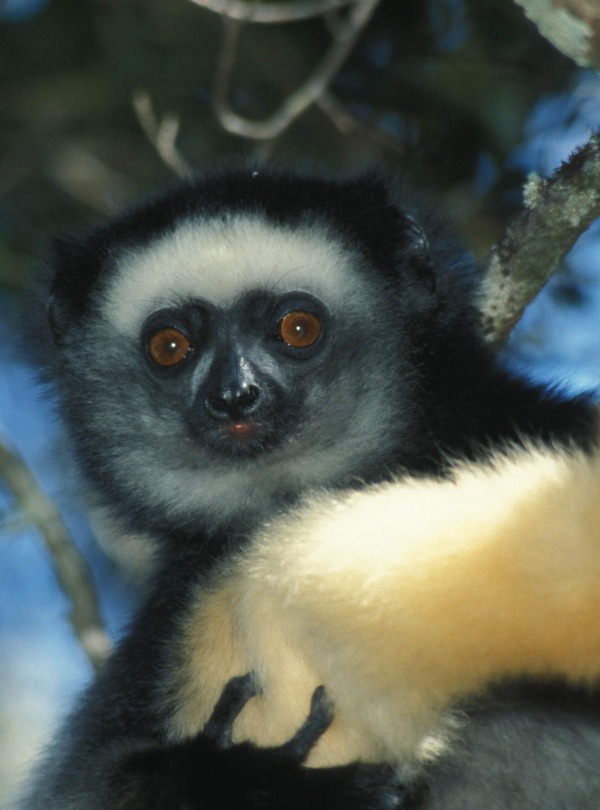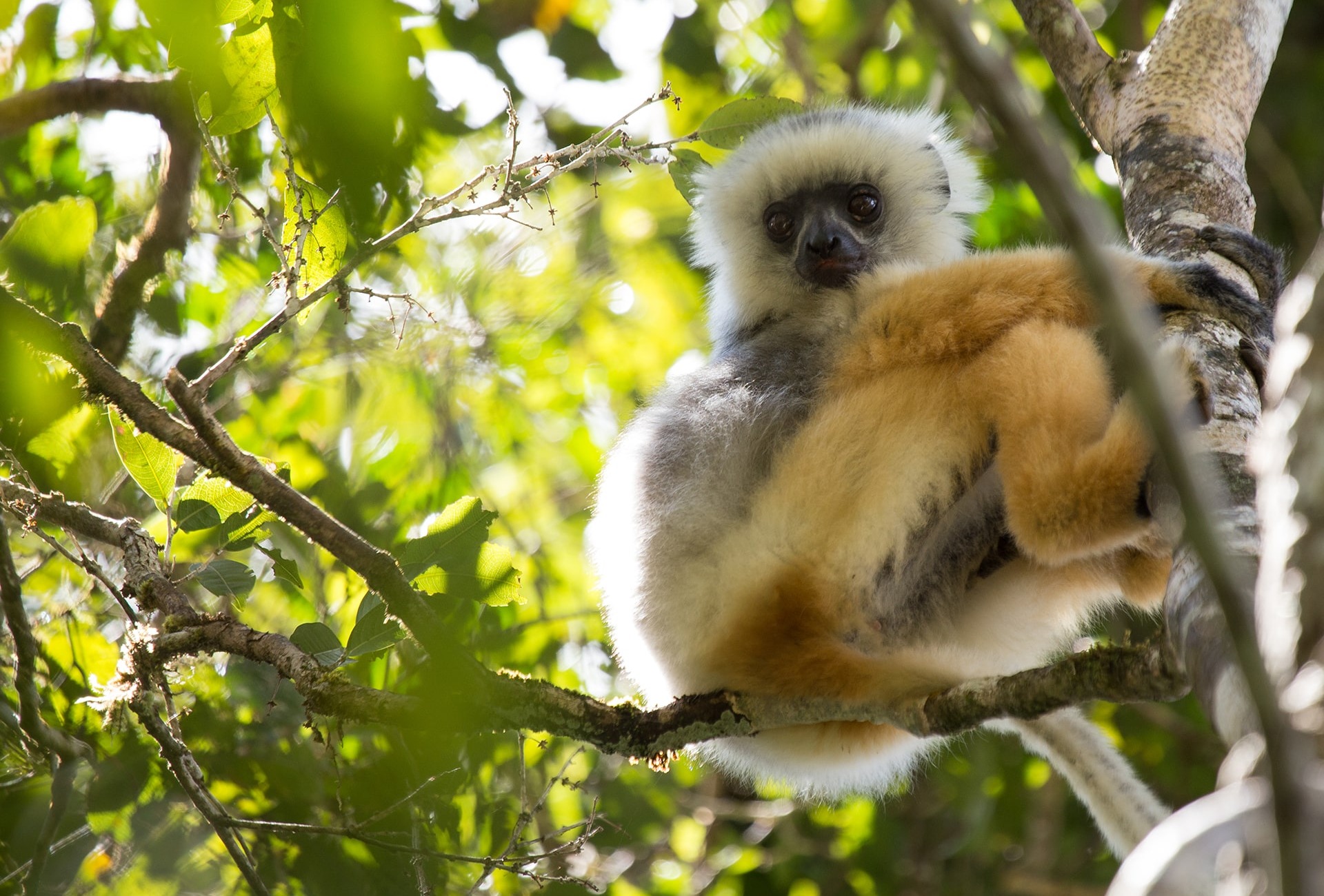
Save a Forest Island for Lemurs in Madagascar
Support more work like thisSupport more work like thisThree species of critically endangered lemurs are facing extinction on the island of Madagascar.
-
Species at Risk
Indri (CR), Diademed Sifaka (CR), Black-and-white Ruffed Lemur (CR), Aye-Aye (EN)
-
Carbon stored
371,669 mT*
*(metric tons of CO2 equivalents) -
Partner
L’Homme et l’Environnement
-
3,867 Proposed Acres Conserved by
Designation
Please note that your donation may not be immediately reflected in the funding thermometer above.
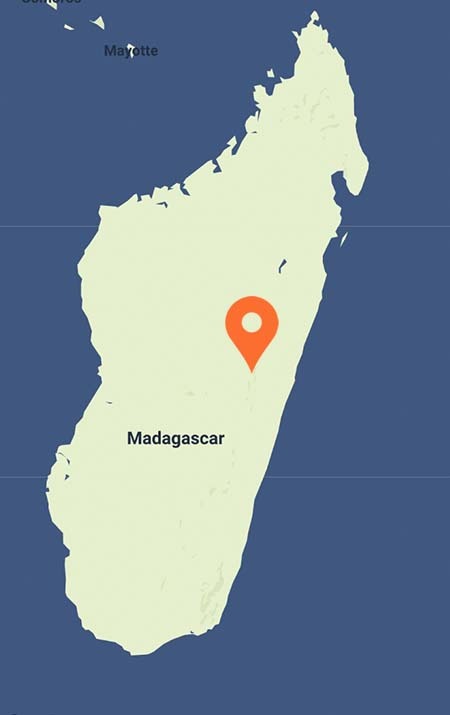
3,867
Three species of critically endangered lemurs are facing extinction on the island of Madagascar.
-
Species at Risk
Indri (CR), Diademed Sifaka (CR), Black-and-white Ruffed Lemur (CR), Aye-Aye (EN)
-
Carbon stored
371,669 mT*
*(metric tons of CO2 equivalents) -
Partner
L’Homme et l’Environnement
-
3,867 Proposed Acres Conserved by
Designation
Please note that your donation may not be immediately reflected in the funding thermometer above.

3,867
There is only one place in the world where lemurs can be found—the island of Madagascar—but encroaching agriculture and bushmeat hunting threaten their survival. Located off the southeastern coast of Africa, this refuge is the last place on Earth where these closely knit families of primates exist. Two of the largest living lemurs, the Critically Endangered Diademed Sifaka and Indri stand no taller than 28 inches in height.
The Diademed Sifaka (CR) is the second-largest lemur in Madagascar. This diminutive primate leaps from tree to tree at speeds close to 18mph. With only 12 individuals recently documented in this area, there is no time to waste in strengthening protections for this animal’s survival.
Monogamous and vocal, the Indri (CR), also called the babakoto, spends its life in the treetops. The largest lemur on the island, it is the only known mammal besides humans to use rhythm in its vocalizations. The Indri’s declining population was estimated to be approximately 73 individuals in a 2019 survey.
Rainforest Trust, and our local partner, L’Homme et l’Environnement, are working to protect the 3,867-acre Vohimana Experimental Reserve and elevate it to the status of National Protected Area. This designation will provide the highest level of conservation protection possible in Madagascar and link four critical forest areas. Because of its geographic isolation, Madagascar is also home to many rare animals who exist nowhere else on Earth.
Header photo: One of the largest living lemurs, a Diademed Sifaka, by Michael Sale
Explore Vohimana Experimental Reserve
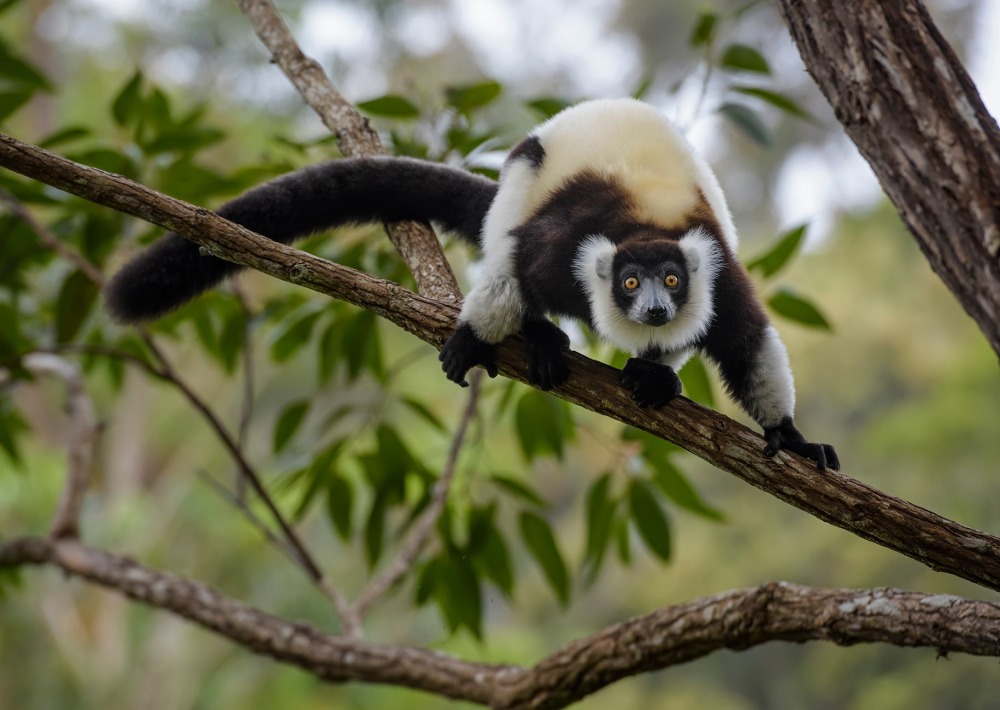
The Black-and-white Ruffed Lemur of Madagascar, by David Havel
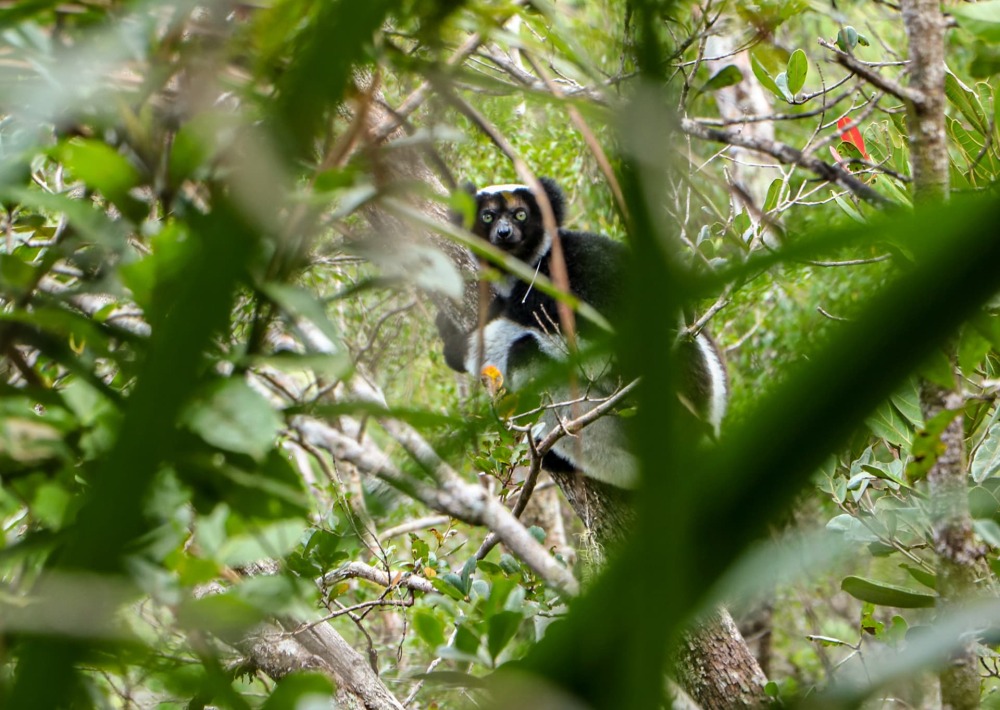
Another of the largest living lemurs found on Madagascar, the Indri. Courtesy of L’Homme et l’Environnement
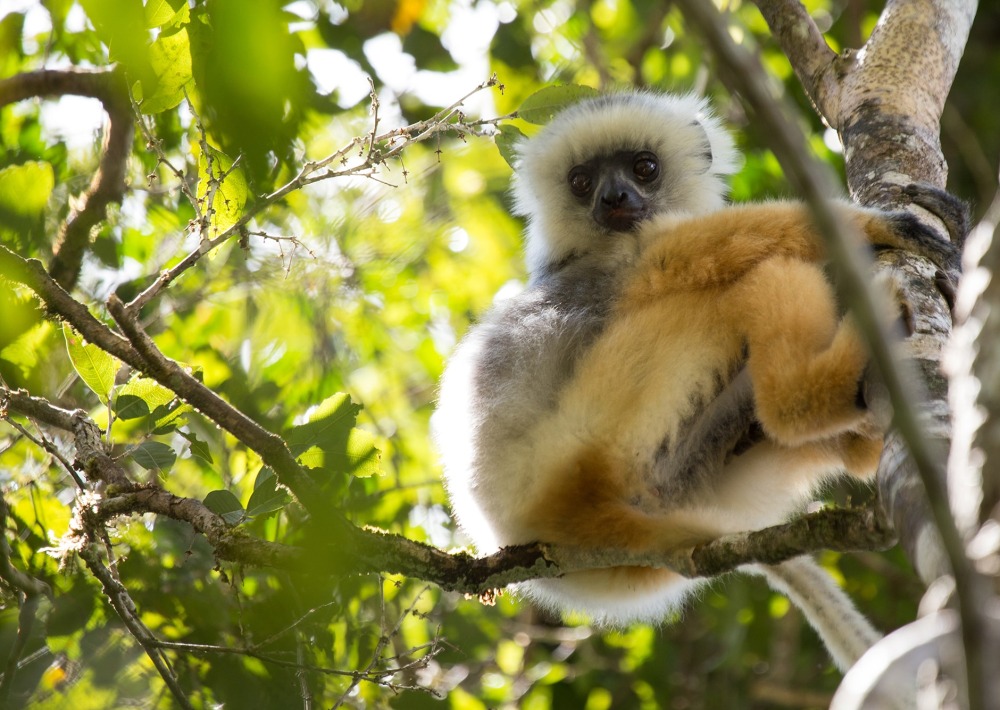
One of the largest living lemurs, a Diademed Sifaka, by Michael Sale
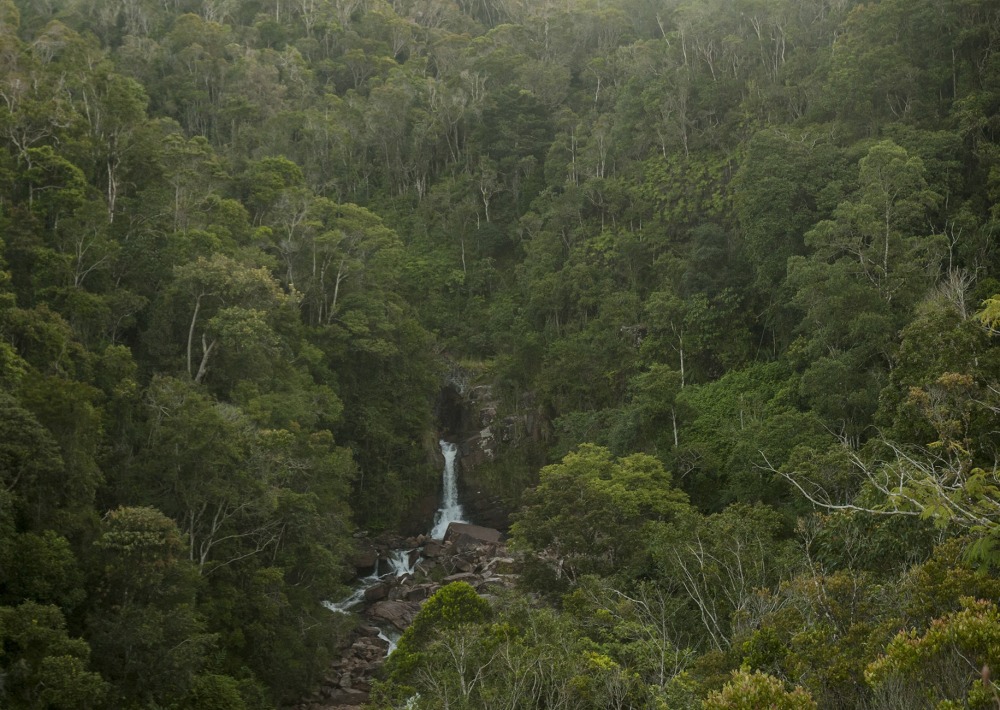
The Vohimana Forest of Madagascar, courtesy L’Homme et l’Environnement
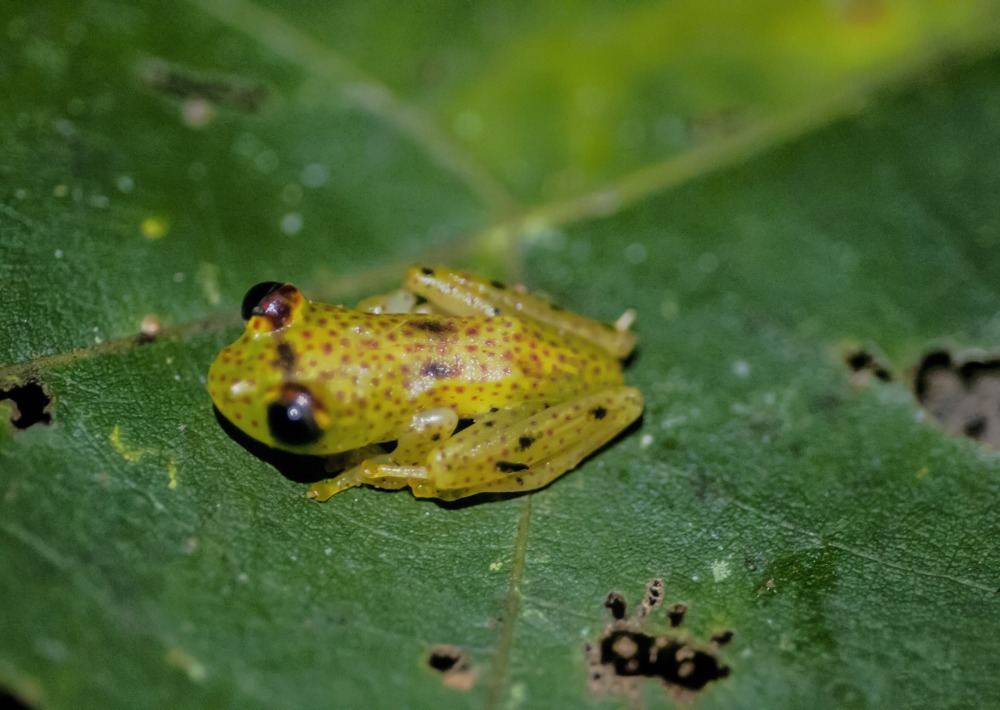
The Boophis Tasymena Frog endemic to Madagascar, courtesy L’Homme et l’Environnement
Build a Mosaic of Vital Habitat
At the core of the Vohimana Reserve is a 1,500-acre treasure of intact primary forest where threatened species survive in a richly biodiverse, mid-altitude environment. In addition to being a stronghold for lemurs from surrounding threats, it is also one of the richest places on Earth for endemic amphibians. More than 70 species are found within its borders.
Madagascar is well known as an island brimming with restricted-range, endemic species. The Vohimana Reserve provides key connecting habitat at the heart of the Ankeniheny-Zahamena Corridor, a large protected forest that stretches across one million acres of the island’s eastern coast.
Support a Community-based Solution
Protecting this region is critical for many reasons. Not only does it provide vital refuge for lemurs and other threatened species, it is a major source of water for a large expanse of Madagascar.
Nearby community members are actively involved in reserve planning and will be essential to developing ecotourism in the area. They will also be employed as forest guards to increase the number of patrols in this new park.
With the increased protection afforded by National Protected Area status and the support of the surrounding community, the rare lemurs—and all species who call Vohimana home—have a chance to survive and thrive.
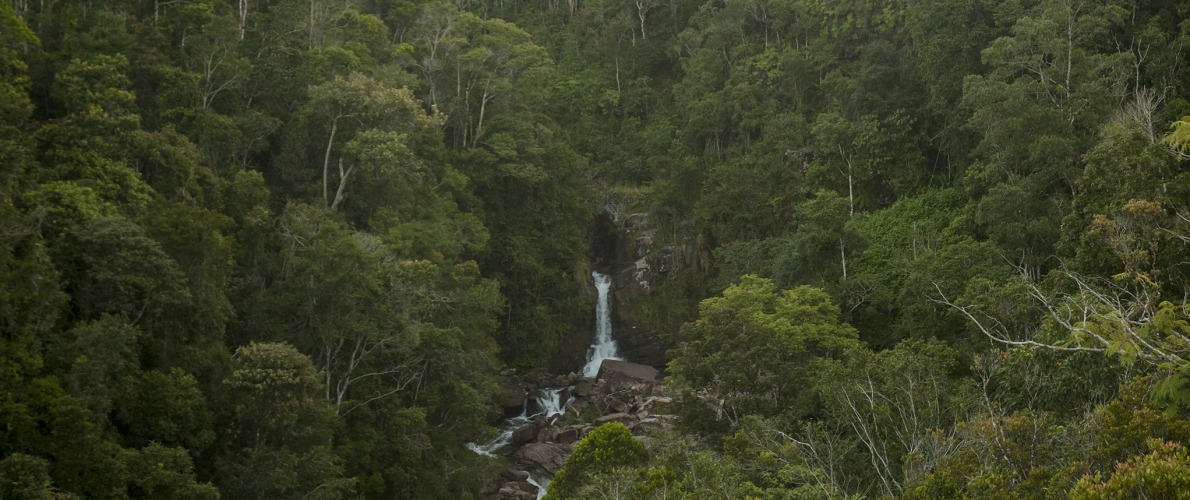
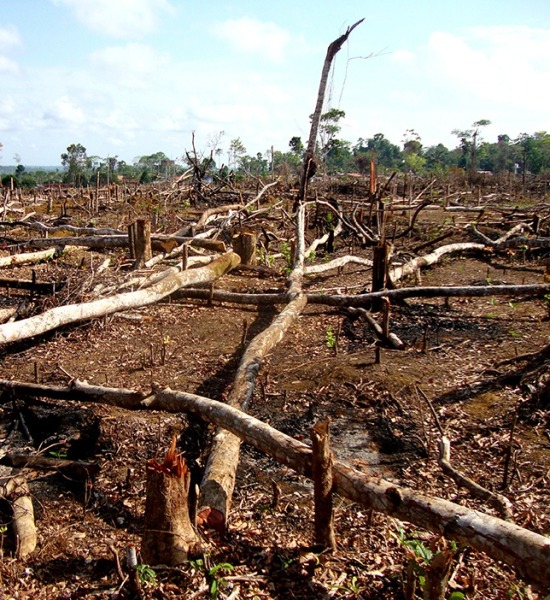
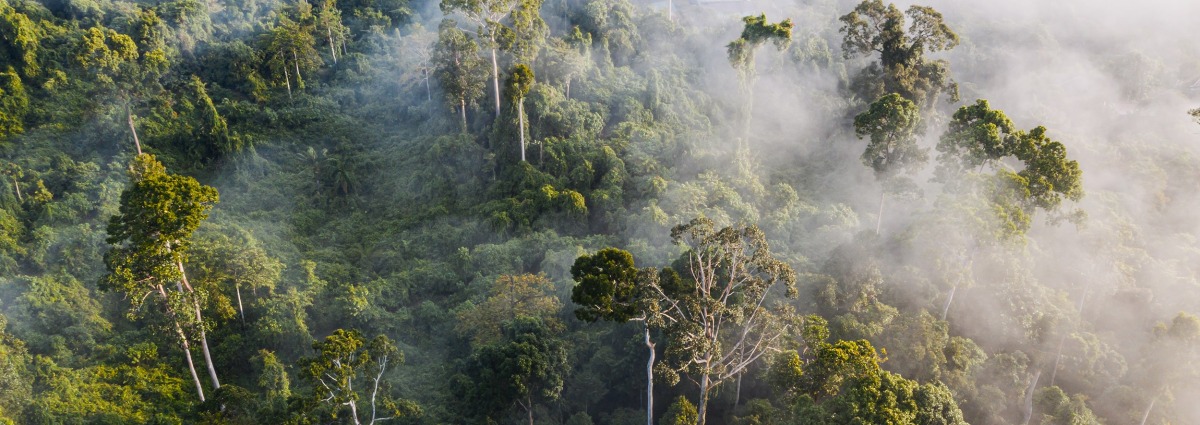
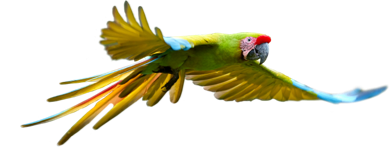
We Value Transparency.
Conservation work is critical, challenging, and can be costly. We work hard to ensure we raise only the funds needed for each project. In the rare case we raise more money than needed or a project comes in under budget, excess monies will be transferred to the Conservation Action Fund. This fund supports our important conservation work throughout the tropics.
Learn more about the Conservation Action FundLearn more about the Conservation Action Fund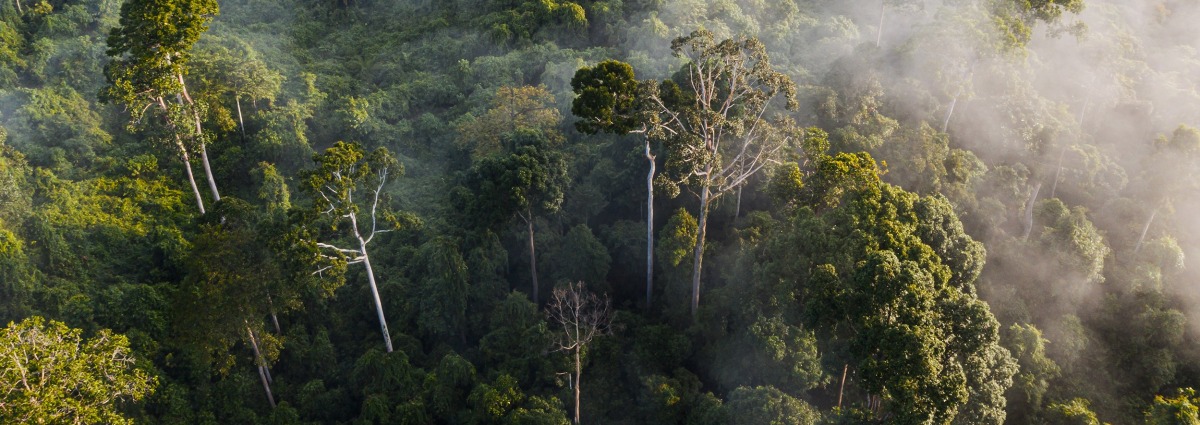
Partnering to Save Rainforest
Our partners’ ability to work with their governments and build strong connections with local communities ensures the successful implementation of our projects.
Learn More About This PartnerLearn More About This PartnerSign up to receive the latest updates
"*" indicates required fields
100% of your money goes to our conservation efforts
Our board members and other supporters cover our operating costs, so you can give knowing your whole gift will protect rainforests.

